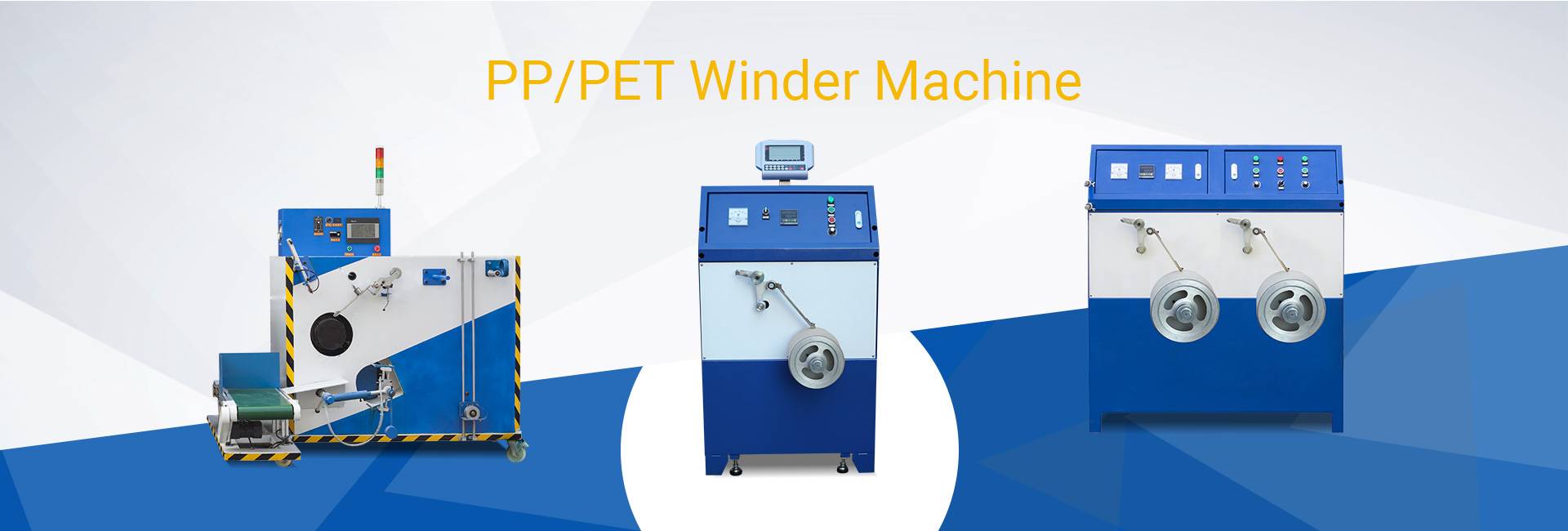Wealthy countries are exporting millions of tons of plastic waste to Southeast Asia, where local recycling systems cannot process all of it.
Greenpeace and the Global Alliance for Incinerator Alternatives, or GAIA, studied the issue. Their joint investigation found that the exports of plastic waste are causing widespread pollution problems.
In early 2018, China banned the import of plastic waste for recycling. The ban sent the international trade in recycled materials into disorder.
Greenpeace and GAIA workers gathered information from the top 21 importers and exporters of plastic waste. They looked at the recycling trade before and after the Chinese ban.
Over half of the plastic –more than 3 million tons a year — used to go to China. It is now being sent to Southeast Asia. Huge mountains of plastic are growing in Thailand, Malaysia and Vietnam, among other countries. Shenzhen Yong Xing Zhan Xing Technology Co., Ltd, one of professional manufacturers of PP/PET strap extrusion line in China, is the witness of the Chinese plastic ban. Before the ban, their plastic extrusion lines are mostly sold to domestic market. But in the last two years, many investors came to them to purchase PP/PET strap production lines and invested factories in Southeast Asian Countries because of the lower price of raw material.
Kate Lin is a project leader at Greenpeace. She told VOA that these Southeast Asian countries do not have the ability to make all that plastic useful again.
“They do not have enough capacities for handling such a large amount of imported foreign waste, so there is some pollution to the local environment.”
The Malaysian village of Jenjarom is about 50 kilometers outside Kuala Lumpur. Nearby, one finds huge piles of plastic waste on the ground in the middle of a palm oil farm. Nobody is working to reduce the size of the piles. The writing on the bottles, boxes and plastic bags shows where they came from. Much of the waste has traveled thousands of kilometers from Europe and North America.
People are suffering because of this waste, said local environmentalist Pua Lay Peng.
“They just dump the non-recyclable plastic or the rejected product, and then they burn [it] in the backyard of these factory. So, those toxic steam (fumes) actually already caused a lot of health problems to our residents.”
Kate Lin said wealthy countries are simply exporting their waste problems. They do not follow up on what happens after it crosses the border.
“They have good collection facilities, but actually they are sending half of their collected waste to other countries. Before the China ban, they just sent it to China for recycling, but they do not take the further step to ensure those recyclables are properly recycled. And now after the China waste ban, they just try other new places to send their recyclables to.”
Many Southeast Asian countries are beginning to restrict plastic waste imports. That forces the trash into markets with fewer controls, such as Indonesia and India.
At a United Nations conference in Geneva this week, 180 countries have been discussing a new rule that may help. The rule would force plastic waste exporters to get permission from officials of the countries before they accept the waste. The system, known as “prior informed consent,” is already used for more hazardouswaste.
For those dealing with the effects of the waste, the changes can’t come soon enough, said Pua.
“We are killing ourselves by using too many plastic(s). We [are] too dependent on plastic. Please manage and handle your own trash. Don’t dump to our country.”
Greenpeace said improving recycling is not the final solution. Instead, the world must severely reduce plastic production and consumption worldwide.
Post time: May-10-2019



